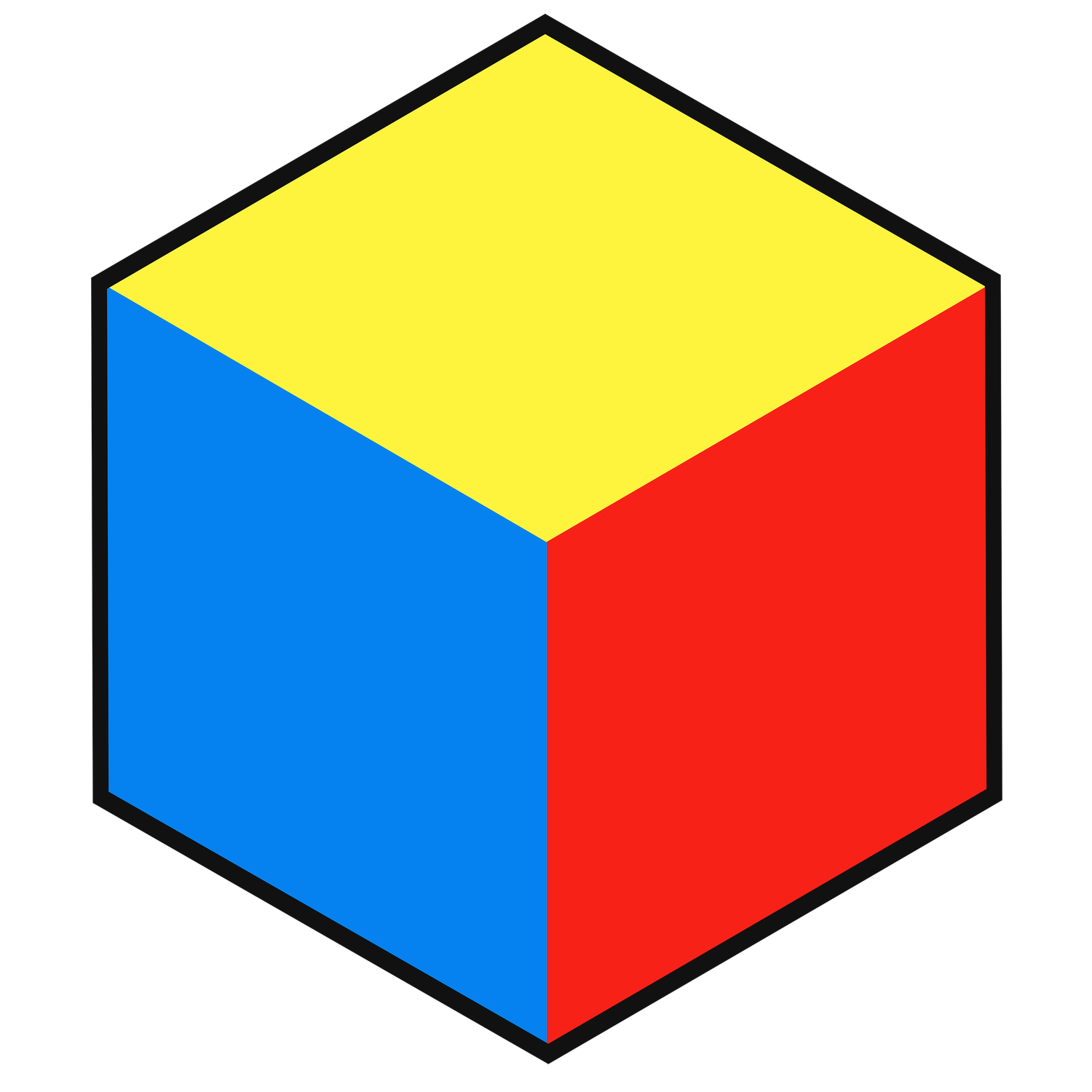Graffiti vs AI: Will Technology Erase Street Art?
Is AI the Future or the Death of Graffiti Art?
In recent years, the graffiti art scene has experienced a seismic shift, driven by the rapid advancements in artificial intelligence (AI). Now if you ask me, I think AI poses a huge threat to graffiti and the learning process for graffiti overall. As we go through this blog we’ll ask AI to generate images and see how it stacks up to real writers. At no point will we be uploading anyone’s art to the AI, that’s a line I’d like to stay far away from. In this exploration, we dive deep into how AI handles graffiti art, from basic throw-ups to more complex styles. The results? A mixed bag of surprises, disappointments, and a glimpse into the future of graffiti.
Throw-Ups: The First Test
The first test was simple: create a basic throw-up, a foundational style in graffiti. The AI’s output? Surprisingly subpar. None of the results resembled an authentic throw-up, which was a relief for anyone who doesn’t like AI. Though we asked for throwies we ended up with straight letters. However, some of the straight letters produced by the AI were impressive—better, even, than those from many amateur graffiti artists. This raises an uncomfortable question: could AI eventually surpass the skills of beginners and hobbyists? I think the answer is an obvious yes, and this inturn begs the question, why would many amateurs want to bother learning if they can simply generate all their work with AI?
AI's Attempt at a Graffiti Legend’s Style
Next, we challenged the AI with a name known to all graffiti enthusiasts: COPE 2. Would the AI replicate the style of this iconic artist or create something new? We figured due to his level of fame, the AI would have been able to not only make a throwie this time, but it might even attempt a similar look to his throwie. The result was a far cry from COPE's signature style. While the letters were clean and well-formed, they lacked the fundamentals of graffiti, coming across more like standard typography than a throwie. This was another win for the traditionalists..
The Complexity of 3D Graffiti
We pushed the AI further, asking it to generate 3D graffiti in the style of Daim. The results were disappointing, to say the least. While the AI attempted to create three-dimensional effects, the output was confusing and poorly executed. In some instances, the AI mixed up letters, and instead made some kind of abstract shape. When letters we’re illustrated they often times where poorly done.
Despite these shortcomings, there was one silver lining: the AI's perspective and shading, while not perfect, were better than expected. This raises another critical point: while AI struggles with the basics of letter structure and style, it’s learning fast in areas like perspective and shading, those being much more complex fundamentals.
Anti-Style Graffiti: AI’s Unexpected Success
One of the most intriguing tests was asking the AI to create an anti-style graffiti piece, a style known for its chaotic, intentionally horrible fundamentals that are often simply just another artform entiarly rather than graffiti. Surprisingly, the AI managed to produce something that was not only legible but definitively better than some anti-style pieces created by humans. While funny, in all honesty, the bar for anti style is so low that it would have been shocking if AI failed at it.
The Future of Graffiti Art in an AI World
So, what does all of this mean for the future of graffiti? While AI is not yet capable of fully replicating or replacing the work of skilled graffiti artists, it’s clear that it’s on a fast track to becoming a powerful tool in the art world. For amateurs, AI could become a crutch, allowing them to skip the hard work of learning fundamentals, resulting in the artist becoming dependent on the AI and devoid of knowledge and skill.
Additional Resources:
Comprehensive Graffiti Book: Available in ebook formats here.
YouTube Tutorials: Check out our playlist for the best how-to graffiti tutorials.
Feel free to share your thoughts or any bad advice you’ve received in the comments below. Let’s help each other improve and avoid common pitfalls in our artistic journeys!





